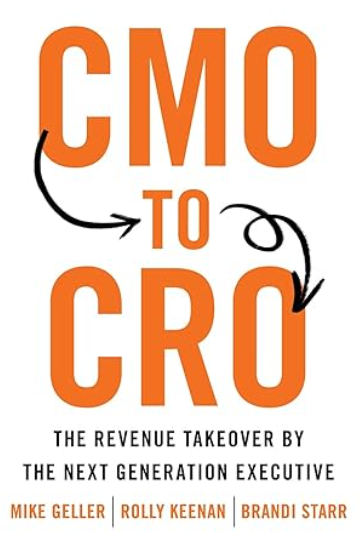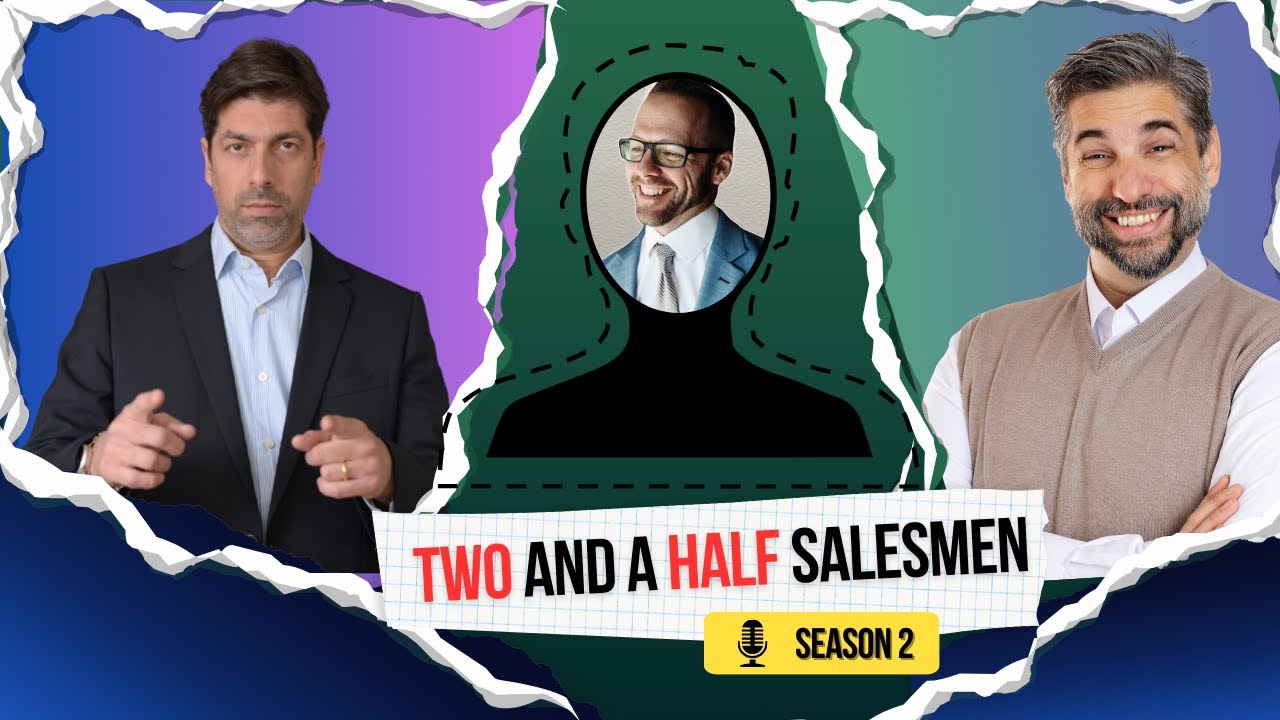Introduction: The Rise of the CRO
As organizations continue to push for sustainable growth and streamlined operations, a new role has emerged as the centerpiece of modern revenue strategy: the Chief Revenue Officer (CRO). But this isn’t just another executive title. The CRO role demands a unique combination of marketing, sales, and client success skills, and its rise signals a significant transformation in how companies approach revenue.
In a recent episode of Velocity (S02E06), host Mario Krivokapic sits down with Rolly Keenan, CRO of Tegrita and author of CMO to CRO, to unpack the evolving nature of the CRO role. Rolly brings a dynamic background as a professional athlete, sales representative, and management consultant to the discussion, offering deep insight into moving from a CMO, CSO, or Client Success role into a successful CRO.

From Athlete to CRO: Rolly Keenan’s Unconventional Path
Rolly Keenan’s journey to CRO wasn’t a traditional one. Starting as a professional athlete and coach, Rolly transitioned into technology and sales, eventually climbing the ladder to executive roles. His ability to blend marketing savvy with deep sales acumen set him apart—a rare combination that ultimately led him to the Chief Revenue Officer seat.
His career trajectory underscores a crucial lesson: no single discipline can fully prepare you for the CRO role. Whether you come from marketing, sales, or client success, stepping into a CRO position means stepping into something bigger, more complex, and far more cross-functional.
CMO to CRO: The Delusion of a Linear Path
One of the most provocative insights from Rolly’s book, CMO to CRO, is the “blind spot” that CMOs often carry when transitioning to CRO. Many assume that success as a CMO naturally translates to success as a CRO. According to Rolly, that assumption is flawed.
CMOs typically have deep domain knowledge and functional expertise—whether in branding, performance marketing, or go-to-market strategy. But the CRO role demands more. It requires understanding the full revenue engine: sales, renewals, upsells, onboarding, and customer relationships.
Failing to grasp that distinction is what trips many up. The span of control widens significantly, with it, the need for new skills.
Transition Challenges: What CMOs, CSOs, and CS Leaders Need to Know
Rolly doesn’t sugarcoat the transition. Moving into a CRO position from a CMO, CSO, or Client Success leadership role involves immense learning and adaptation. Here are some key challenges:
- Credibility with Sales Teams: Sales teams often automatically respect leaders with sales experience. A CRO from a marketing background must earn that trust by demonstrating a genuine understanding of the sales process.
- Understanding Sales Motion: Sales isn’t just about numbers; it’s about motion, psychology, and strategy. Without firsthand experience, it isn’t easy to manage sales effectively.
- Managing Cross-Functional Teams: The CRO is responsible for driving revenue and unifying marketing, sales, and client success under a cohesive vision.
Rolly explains that leading a revenue team means dealing with tension, different cultures, and misaligned incentives. To bridge those gaps, the CRO must become a master of alignment.
CRO Traits: What Makes a Strong Revenue Leader
One of the biggest myths Rolly debunks is that the CRO is just a glorified Head of Sales. In reality, the CRO must exhibit:
- Courage: Sales often breeds courage because of its risk/reward nature. Marketers and client success leaders must actively cultivate this trait.
- Leadership Across Domains: A good CRO can lead technical people, creative marketers, and quota-carrying salespeople. That’s a tall order.
- Empathy and Grit: Client success leaders, often seen as touchy-feely, bring valuable empathy. But they must pair it with grit and accountability.
Interestingly, client success roles are frequently misunderstood. According to Rolly, these teams are sometimes filled with people who didn’t thrive in sales. That misperception damages the function’s credibility. However, the best client success professionals can make phenomenal CROs with an exemplary leadership mindset.
The CRO as a New-Era Executive
Every decade brings a new executive function. Two decades ago, it was the IT manager. Then came the rise of the HR leader. Today, it’s the CRO.
The modern CRO is expected to be the head of all customer-facing activities. That means:
- Aligning sales, marketing, and client success
- Driving upsells, renewals, and onboarding
- Ensuring that internal conflict doesn’t spill into customer experience
But there’s a problem. Compensation structures and department goals still reflect the 80s and 90s. Marketing and sales often work in silos, even competing for credit. Meanwhile, client success remains undervalued or misunderstood.
This is why the CRO role matters. It’s not just about owning a number. It’s about breaking down walls.
The CEO-CRO Dynamic: A Tricky Partnership
No conversation about CROs is complete without discussing the CEO. Rolly highlights a crucial tension: when the CEO is the company’s top salesperson.
In these cases, the CRO becomes a second-stringer. The CEO hoards deals, dominates business development, and leaves the CRO with administrative tasks. That setup guarantees misalignment and frustration.
According to Rolly, the CEO’s proper role is to:
- Define what business the company is in and not in
- Focus on strategic investments and external relationships
- Support and empower their executive team, including the CRO
Hiring a CRO is pointless if the CEO won’t relinquish sales. Conversely, the CEO risks becoming ineffective if the CRO lacks sales experience and focuses only on internal alignment.
That’s why defining roles is so essential. The CEO and CRO must align on:
- Who owns the revenue target
- How they split responsibilities
- What “heavy lifting” each role does
Breaking Down Silos: Marketing, Sales, and Client Success
One of Rolly’s most startling truths is that even in large companies, CMOs and Heads of Sales don’t talk. Different incentives, different language, different goals.
Rolly suggests a bold move: align everyone under one compensation plan to fix this.
Imagine the power of:
- Shared targets
- Joint accountability
- Unified customer journey ownership
It won’t happen overnight. However, the CRO is uniquely positioned to drive that shift.
The front office—digital experience, sales, and customer service—must be aligned, and someone has to own it.
That someone is the Chief Revenue Officer.
Final Thoughts: Becoming a Modern CRO
The path to becoming a CRO is not linear. It requires unlearning old habits, challenging assumptions, and building new muscles.
Whether you come from marketing, sales, or client success, Rolly Keenan offers one key takeaway:
“Success in one domain doesn’t guarantee success in another. You have to earn it all over again.”
To step into the CRO seat, you need:
- Cross-functional leadership
- The courage to take risks
- The humility to learn from others
The CRO is the future of modern revenue leadership. But only if we stop treating it as a glorified sales role and start recognizing it for what it is: the most integrative and challenging executive role in business today.
Want to dive deeper into this conversation?
🎥 Watch the full episode of Velocity S02E06 with Rolly Keenan here:
https://www.youtube.com/watch?v=B-9ZABSJLyI
You’ll hear firsthand how Rolly sees the CRO role evolving and what it really takes to succeed.


